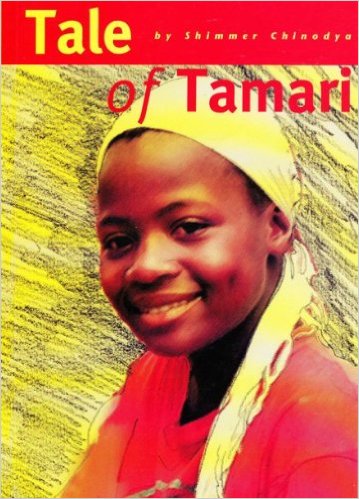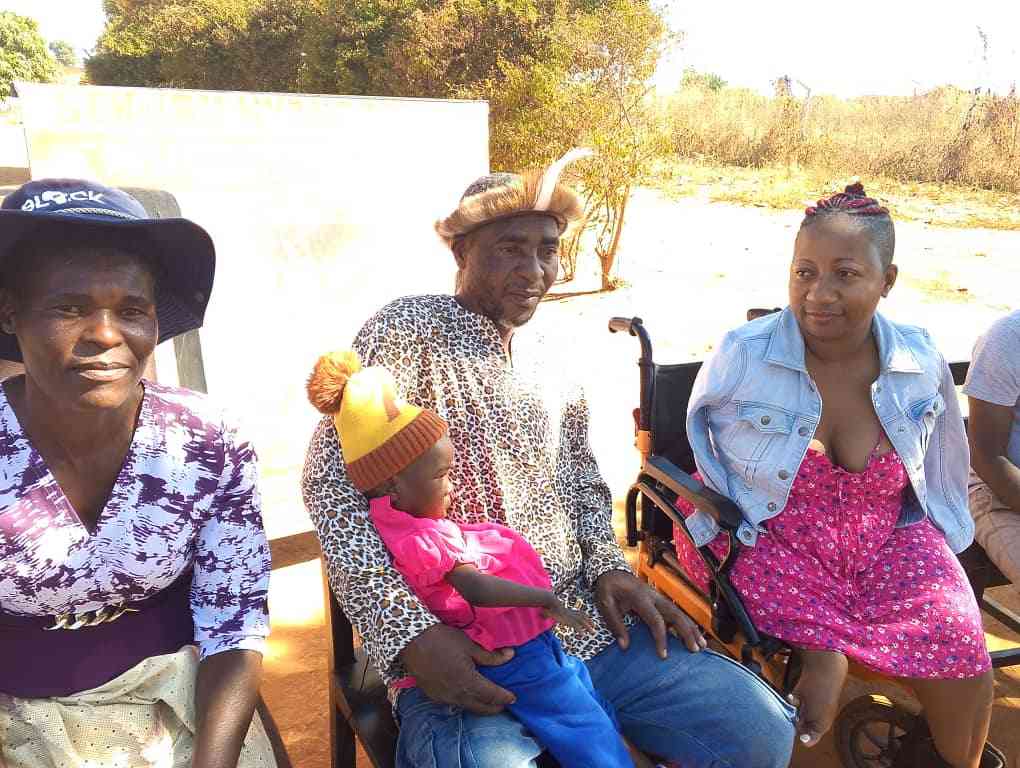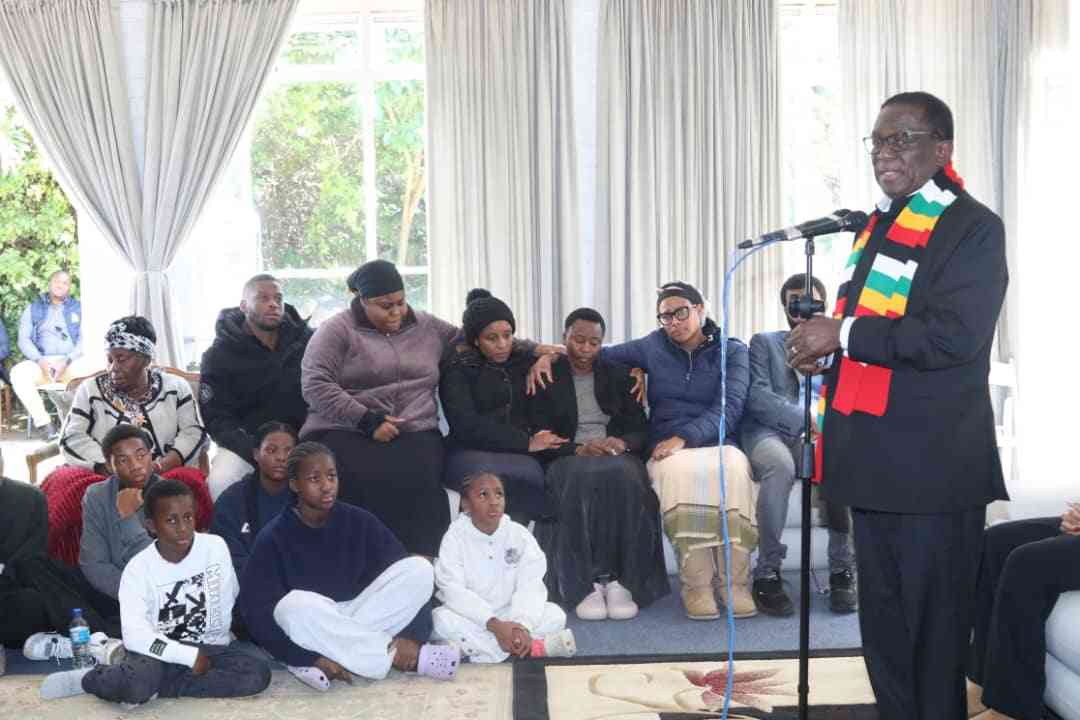
A mutual friend had a wedding last December. After braving the rains, I drove with a group of friends to a Ruwa outdoor park for the nuptials. In our borrowed tuxedo’s and Sunday bests, we all packed into huge tents, waiting for the ceremony. The groom, a friend whom I have known for years, predictably looked nervous in his shiny outfit and clean haircut.
By Bookworm
The prison band, in all their pristine uniforms, serenaded the venue with their compositions. It turned out that the bride was a daughter of a highly-ranked civil servant. And that explained some of the dignitaries who included ministers, former ministers and army chefs and of course, the rest of us, madzisahwira and long forgotten relatives from the village.
The bride, resplendent in a stylish white gown, walked arm-in-arm with her father towards her soon-to-be husband with a big smile. Cameras flashed. Necks craned towards the procession. A baby cried oblivious of what was just about to happen. Women whispered to each other about the gown or the cake. Relatives who were not sat in front looked disgruntled. Their faces are expressions of latent tensions that this occasion could not resolve. I just wished it was all over soon.
After the vows had been exchanged, and the bride and groom had kissed to the delight of the audience, it was time for food. Ukama igasva unozadzikiswa nekudya. In the motley crowd of the wedding party, I was happy to see kindred spirits in Shimmer Chinodya and Chirikure Chirikure. We all looked out of sorts. We were fish out of water, and found our little corner and wondered how long we would survive out of our comfort zone. We became the three literary musketeers.
The food queues were long. We decided to sit in the big tent where people were going to eat. Before long, we were chucked out for jumping protocol or something. Instead of waiting and being tossed around, we hatched a plan to go and braai in Goromonzi. Before we made good our escape, the groom insisted we join in the photo shoot. Snap. Snap. Snap. And then we discreetly disappeared.
It was my first time ever to make the drive to Goromonzi, a district in Mashonaland East. Chinodya was a student at the historic Goromonzi High School and the trip became a journey back to his youth. The car was filled with jazz, poetry and laughter all the way. Just as we neared the school, Chinodya, who was driving, slowed down. He turned to me and said, “Have you read Farai’s Girls? I want to show what set off the book?”
One of the security man approached the car, looked inside, made small talk. When he heard the names “Shimmer Chinodya and Chirikure Chirikure”, his face beamed. Like a scene from a movie, we got off the car, walked around and Chinodya pointed at a window at the boys’ hostel. “I used to sleep in that room” looking at cracked glass. “I have so many memories of this place. This was when Goromonzi was Goromonzi.”
- Chamisa under fire over US$120K donation
- Mavhunga puts DeMbare into Chibuku quarterfinals
- Pension funds bet on Cabora Bassa oilfields
- Councils defy govt fire tender directive
Keep Reading
“Did you know I finished the first draft of Dew in the Morning when I was doing my A’ Levels here?” First published in 1982, two years after independence, the Heinemann preface of the book dutifully reminds us that it was in fact written in 1976, when Chinodya was 19. Even though he published a bit later, Chinodya is very much one of the second generation of Zimbabwean writers, such as Dambudzo Marechera, Tsitsi Dangerembga, Chenjerai Hove, Charles Mungoshi and Stanley Nyamfukudza, whose perspective on nationalism tends to be questioning, cynical, ambivalent, satirical and located in predominantly urban settings. The contradictions of the colonial experience.
He vividly recalled the day students from Goromonzi marched in protest against the Rhodesia government. In the 70s, Goromonzi and Fletcher were the best known non-white government schools and had some of the brightest young people. But besides being a hotbed for black nationalism, Goromonzi was also a place that inspired a young Chinodya to become a writer.
Chinodya said, Farai’s Girls was inspired by a real girl crush he had. “I would come and sit under this tree [pointing to an old musasa tree, outside the fence that borders the girl’s hostel”. Published in 1984, Farai’s Girls, was one of the first books I read by Chinodya when I was 13 and curious. Then I just wanted to read everything else he had written. I also fell in love with the girls he had fallen in love with.
Chirikure Chirikure was in the background, never too far, interjecting and adding on his commentary so much that the conversation between them became funny banter. He too remembered his school days at Bernard Mzeki College.
This drive was as Jack Kerouac as it was real. We drove past the old post office, “still looks the way it has always looked,” said Chinodya. We also went past the district commissioner’s house, now the Goromonzi district office and we arrived at the growth point. In no time, we had found a braai spot and the stories and poetry and music made us laugh, argue, reflect and embrace. There is no education that beats learning from those whose job is to interpret, interrogate and engage with the complexity of our everyday life.
As the sun disappeared, we still toasted to the newly weds in absentia.
Feedback: [email protected]











